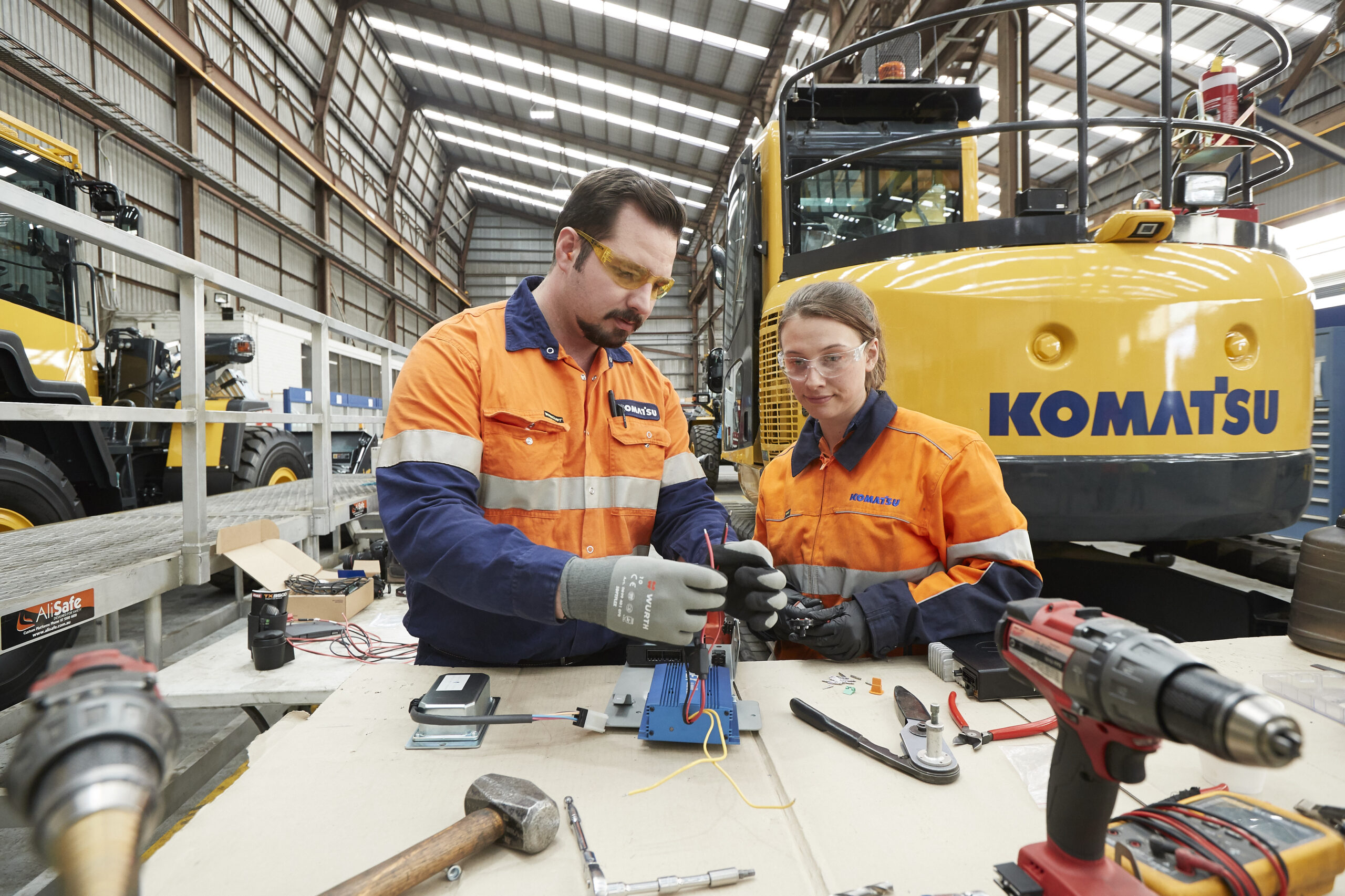David Jenkins
Many of us would have enjoyed the remarkable sight of athletes swimming in the famous River Seine during the recent Paris Olympics.
As someone who enjoys competing in Triathlons myself it was of particular interest to me, although I did wince when I read that it cost $2.3 billion to make the river swimmable, amounting to an incredible $8.3 million or so for every athlete competing at the Olympics and the Paralympics.
The Seine cleanup, it must be said, is designed to outlast the Olympics. Swimming in the river has been banned since 1923 because of the high bacterial levels, but now the plan is to open the waterway to tourists and residents in bathing sites along the banks.
Events during the Olympics showed that this won’t be easy to achieve. Pollution forced a 24 hour postponement in the men’s triathlon, so if the river is to remain clean enough to swim we can assume it will require significant ongoing funds to maintain.
All of which brings us back to the question of the return on investment from spending on asset management.
No-one is going to argue against cleaning up the River Seine, but is a $2.3 billion investment appropriate for something which was primarily designed as an Olympic showcase?
Without delving into the intricacies of the French decision making, it is an issue Australia should be pondering as we prepare to host the Brisbane Olympics in 2032.
The 2024 Queensland Government budget provides for total capital expenditure of $7.1 billion over nine years to build and upgrade venues for the games.
Queensland’s Department of State Development makes the point in a synopsis of the infrastructure program that the investments are “planned to meet the needs of our growing communities and will be brought forward in time for the Games, not because of the Games.”
The Olympics, it says will “leave a legacy for the community well after 2032.”
The claim here is that the Olympics are a catalyst to fast track a major infrastructure program which will deliver value to the community well after the athletes leave in 2032.
That sounds like sound policy, but as we have already seen in the case of the scrapping of plans to knock down the rebuild the Gabba cricket and AFL ground in time for the Games, these decisions are not easy ones and there is often a strong counter argument.
After spending $6 million on the plans for the Gabba, the Queensland Government decided the full rebuild won’t go ahead, instead announcing a modest enhancement of the stadium.
This is despite an independent review describing the Gabba as an “ageing asset” which required substantial upgrades, and even a full rebuild would not deliver an international standard stadium.
That report also recommended the construction of a new $3.4 billon stadium to be built at Victoria Park, around seven kilometres from the Gabba.
As it plans for the Olympics, Brisbane has some interesting precedents to consider in terms of the ongoing value of infrastructure.
A 2022 report from the International Olympic Committee revealed that 85% of the stadiums, venues and structures used in the Olympics are currently still in use.
Cities that have hosted multiple Olympics have refurbished and reused venues. This was also the case at the Birmingham Commonwealth Games in 2022, when 14 or the 16 venues were pre-existing.
In the Olympics, Tokyo re-used 1964 venues such as the Tokyo Metropolitan Gymnasium and Nippon Budokan Hall in 2021. The Los Angeles Memorial Coliseum and Rose Bowl were both Olympic sites in 1932 and 1984 and will be used again in 2028.
That report showed that for the Sydney Olympics in 2000, the event used 29% existing venues, new venues comprised 61% while 10% were temporary
According to the report, 96% of these permanent venues are still being used.
Venues built specifically for the Sydney 2000 Summer Olympics such as the Sydney International Aquatic Centre and the Penrith Whitewater continue to be some of the premier locations for their sports in Australia.
The Penrith centre, in fact, was where 2024 champions Jess and Noemie Fox learned the skills which took them to medals in Paris, so that is return on investment of another kind.
Of the other infrastructure, Sydney’s Olympic Village is now part of the suburb of Newington.
These are good precedents to consider as Brisbane creates its governance framework for Olympics asset management, but there are also cautionary tales to tell.
The Commonwealth Games cannot be directly compared with the Olympics as an international event, but Melbourne is still counting the cost – financially and in terms of its reputation – after cancelling the 2026 event.
Victoria’s strategy for the games was for it to be spread throughout regional cities, and use the investment as a way of creating lasting infrastructure throughout the state.
That sounded like a good plan, until it was revealed that the original cost of the event – at $2.6 billion – had blown out to almost $7 billion. In the aftermath, the costs of cancelling the games could mount to around $600 million.
Let’s hope that Brisbane’s experience is more like that of the Sydney Olympics of 2000 rather than Melbourne’s Commonwealth Games fiasco.
That would not only deliver a better event, but provide value for the Queensland community for some decades to come.














